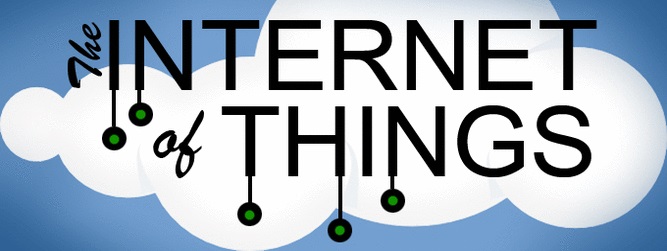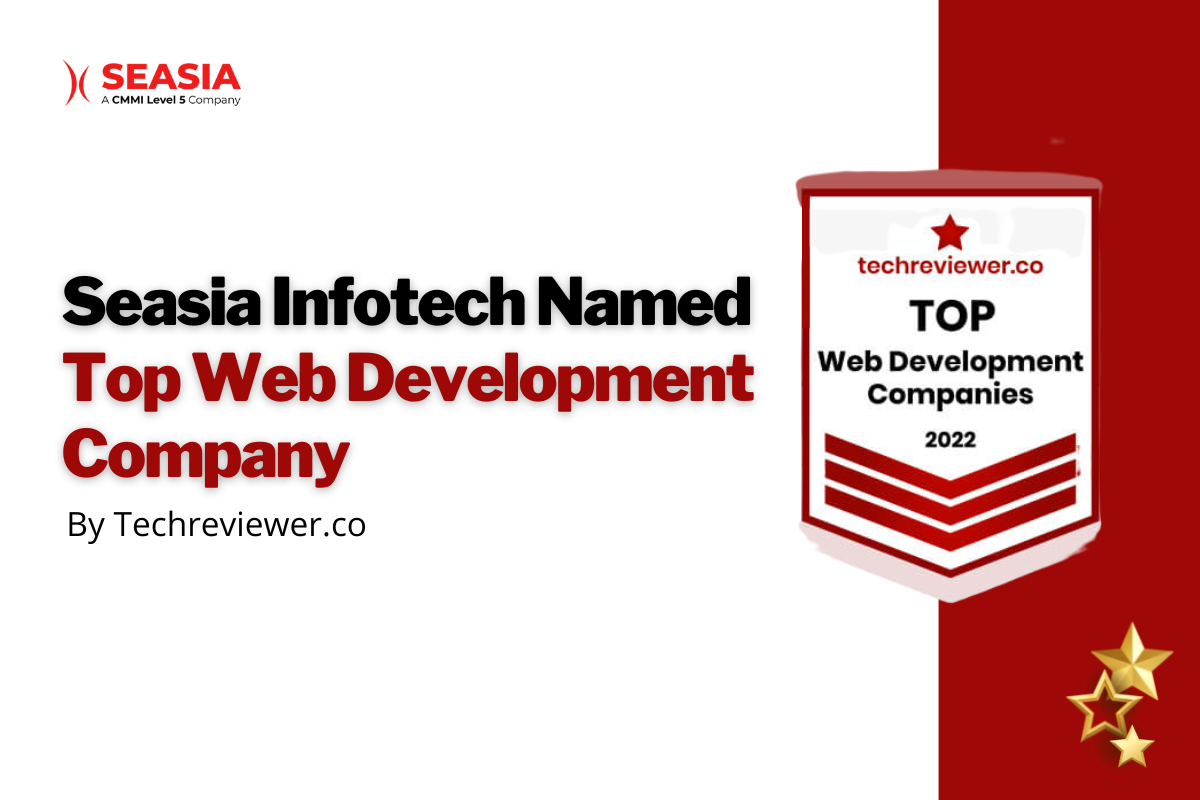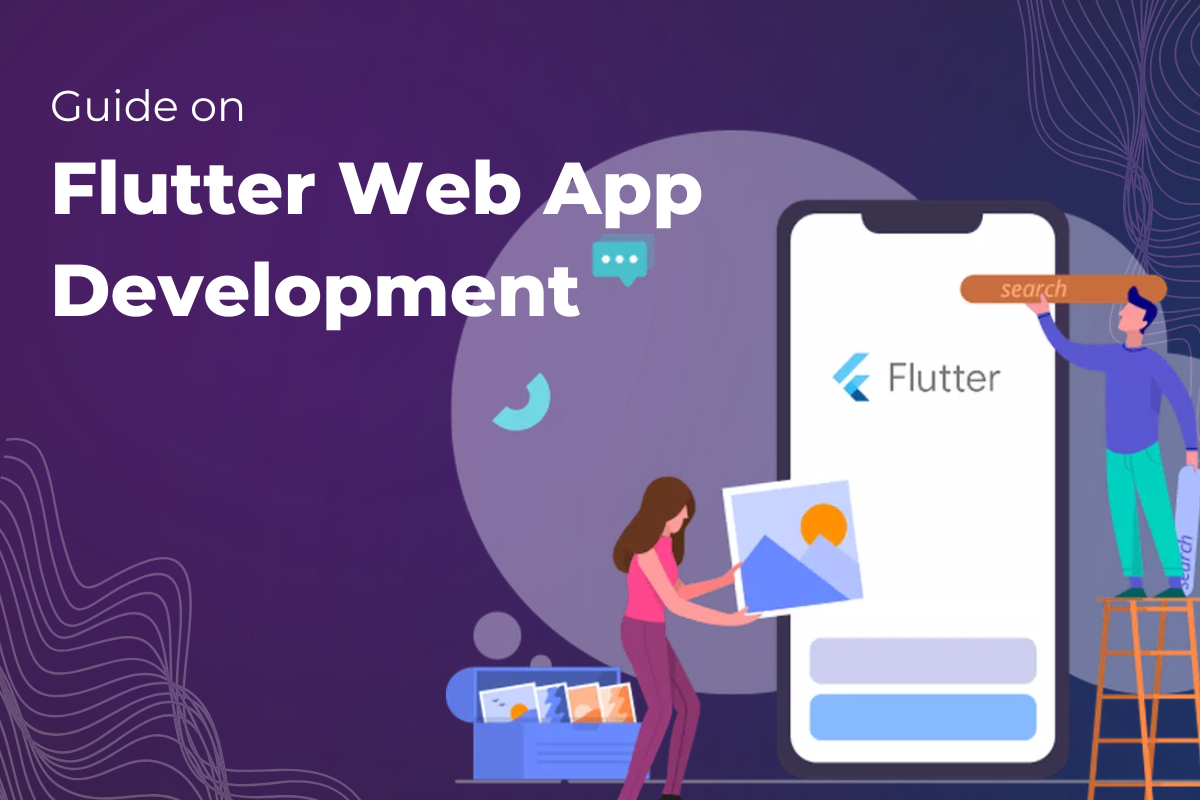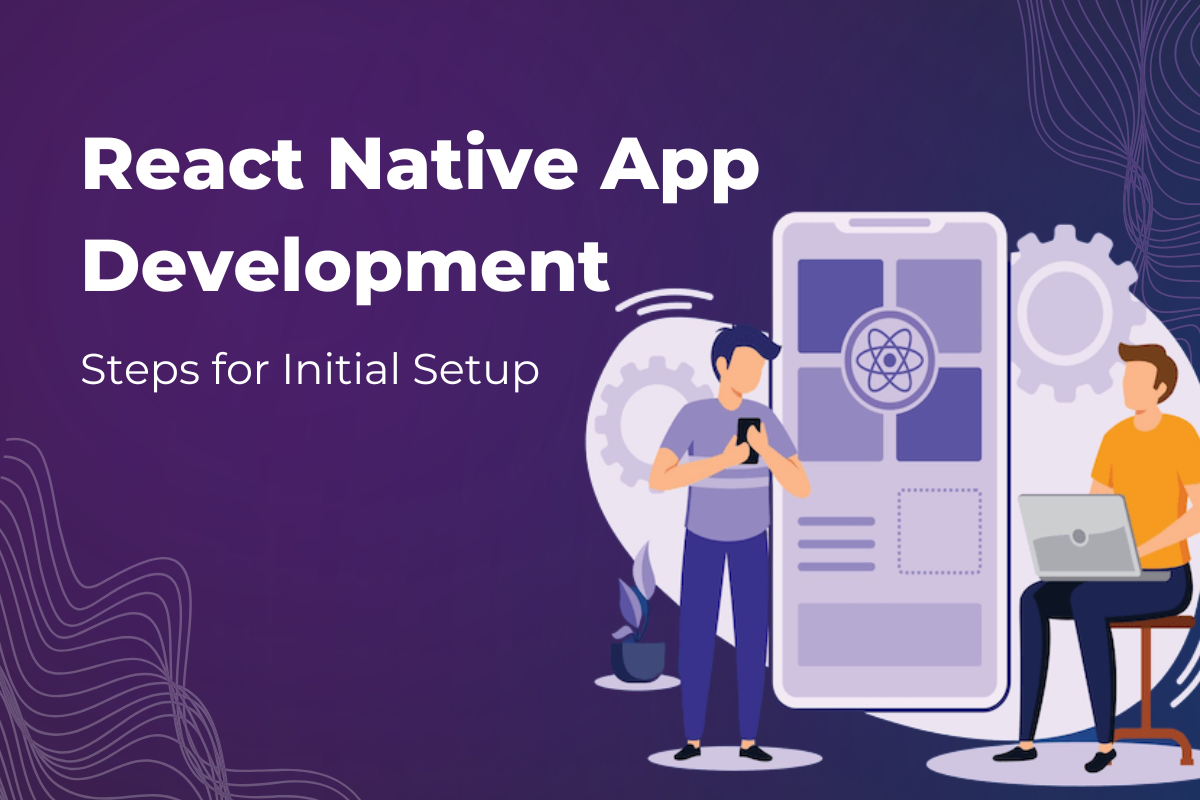Let’s move from Internet of People to Internet of Things. Let’s not just shrink the world in order to connect distant people, let’s just connect the devices as well. Let’s not have the processors process the data captured by humans or some data source, let’s have the devices to see, calculate, think and collect the data from their own and then process it. Let’s remove the slightest possibility of human errors and approximations and bring down the accuracy.
Let’s have the computers that know everything there is to know about anything around us. Let’s enter the world where advanced connectivity of systems, devices and services going beyond our traditional machine to machine communications that too following all the security protocols.
Let’s welcome the Internet of Things (IoT) and go back to the future of the embedded intelligence where the machines not just communicate, they rather talk to machines. It is a place where the device not just shares the information; they instead take action based on the communication. And by ‘Things’ we mean literally anything and everything.
The things we encounter in our daily life. Any embedded computing systems like automobiles with built-in sensors, real time heart monitoring, operational devices helping the fire fighters by assisting them in search and rescue operations, Wi-Fi enabled dryers and washers, location-based services and the humans as well.
So if we narrow down the vast world of IoT, it is all about smart objects. We have applications used in media, environmental monitoring, medical and health care systems, manufacturing, energy management, transportation, building and home automations, cloud computing and large scale deployments.
Our embedded systems, control systems, wireless sensor networks, automation, all have their contribution in enabling the Internet of Things. It is like existing innovations driving a completely connected world.
IoT is meant to refer to a vision of internet in which not only can anyone be connected at anytime but so to anything.
From the tyres of your car to your toothbrush! IoT is enabled by four key technologies underlying it and functioning as the backbone of IoT revolution.
- The tagging of things through auto-ID technologies for example RFIDs to provide a unique identity.
- Sensing things through sensors and actuators.
- Shrinking things through developments in miniaturization and nanotechnology
- And finally things that think through increasingly embedded processing power.
The experts also say that the success of the Internet of Things will depend on open data such as various cloud networks. It also involves the conventional dualisms of “security versus freedom” and “comfort versus data privacy”. And when we talk about cloud- a digital universe of information freely available to us, privacy is the biggest challenge.
With the people around us where the data only is felt secure if it is present physically, it has become a real challenge in convincing them the concept of their data being secured on cloud. Remotely managed data could also cause them to become dependent and lose their supremacy on a personal level. I think we still have some distance to go there.



